
Developing trading strategies in financial markets is a continuous learning process for investors and traders. Technical analysis, in particular, has become an indispensable tool for many investors. Price movements, trading volume, and indicators form the foundation of these analyses.
One of the frequently used concepts in technical analysis is divergence. Divergence refers to the discrepancy between the price of an asset and technical indicators. These discrepancies are often interpreted as signals of a potential trend reversal.
In our article, we will take a closer look at the concept of divergence and its application.
Divergence occurs when the price movement of an asset and a technical indicator move in opposite directions. This situation usually indicates that the current trend in the market is weakening or may reverse.
Divergence can be an effective tool for evaluating the speed and strength of price movements, especially when used in conjunction with momentum indicators. Investors can analyze these divergences correctly to identify potential buying or selling opportunities.
Divergence is divided into two main categories:
Divergence is used in technical analysis to capture early signals of potential trend changes. The discrepancy between an asset's price movement and technical indicators provides investors with clues that the current trend may be losing momentum or could potentially reverse.
When used in trend-following strategies, it can be an effective signal source. Especially near the end of a trend, the market may still appear to move upward or downward, but the indicators might start telling a different story. This signals that investors should reassess their current positions or look for new opportunities.
The information provided by divergence can be valuable for both short-term traders and long-term investors. Short-term traders closely monitor signals for quick reactions, while long-term investors may detect major trend reversals in advance.
Divergence is frequently observed in certain technical indicators, and these indicators typically provide information about the momentum or strength of price movements:
In the graph above, we see the divergence between the price movement of an asset, X, and the RSI indicator as an example.
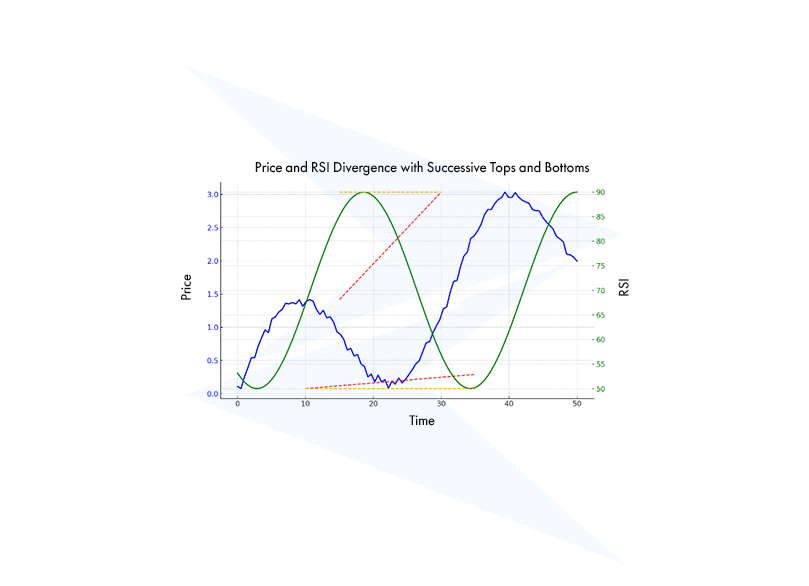
The price of asset X is moving upward over time, while the RSI indicator starts to decline, showing an opposite direction to the price movement. This indicates a divergence and provides clues about a potential trend reversal:
RSI Divergence on Chart
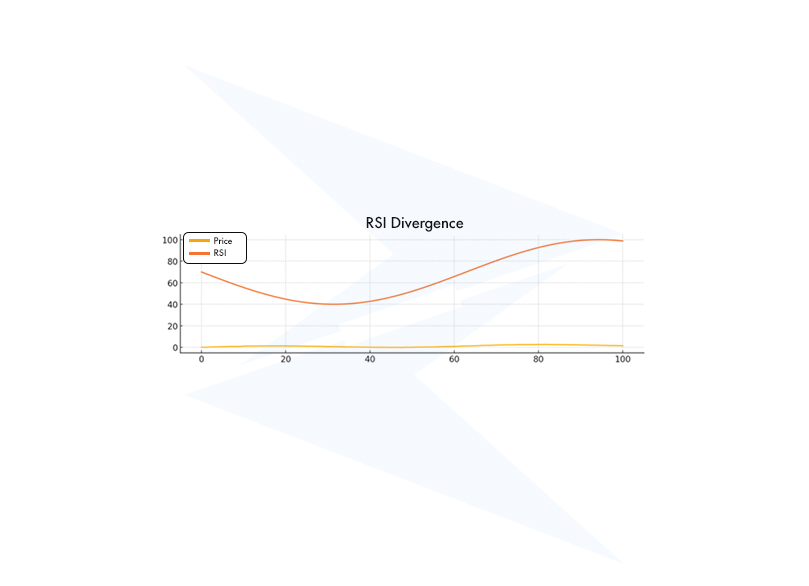
CCI Divergence on Chart
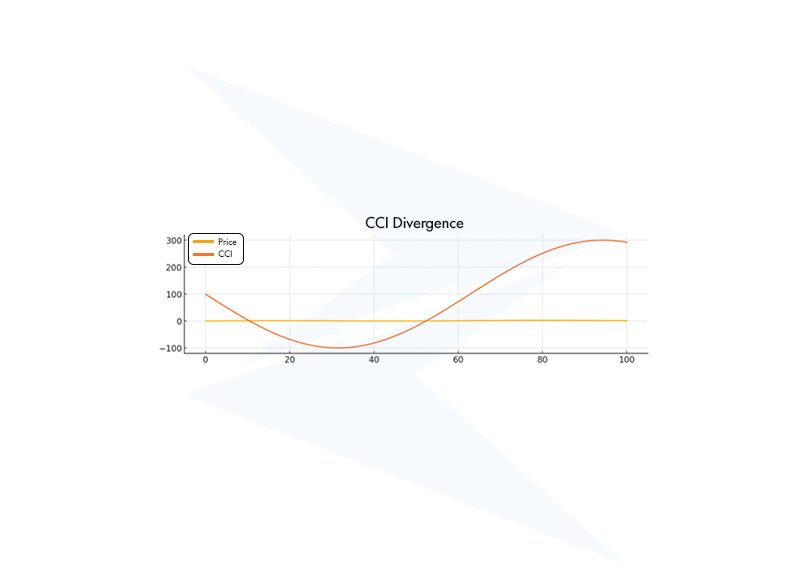
Stochastic Divergence on Chart
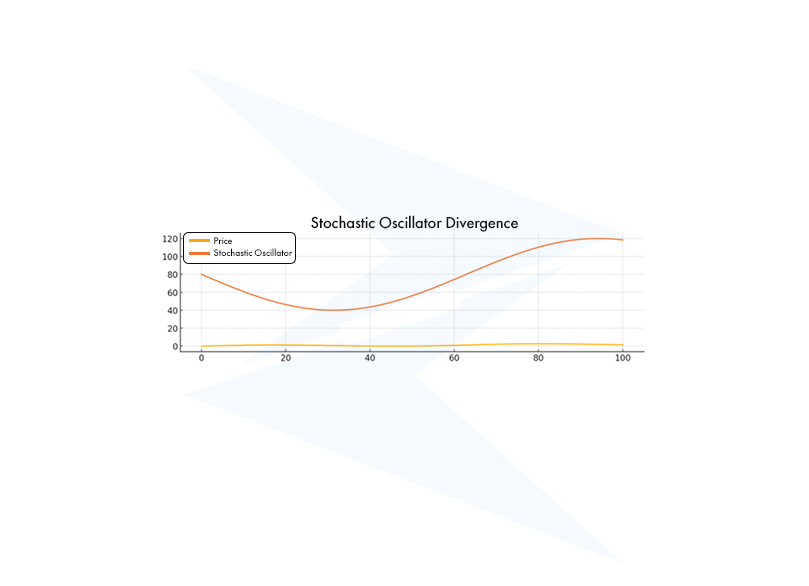
Momentum Indicator Divergence on Chart
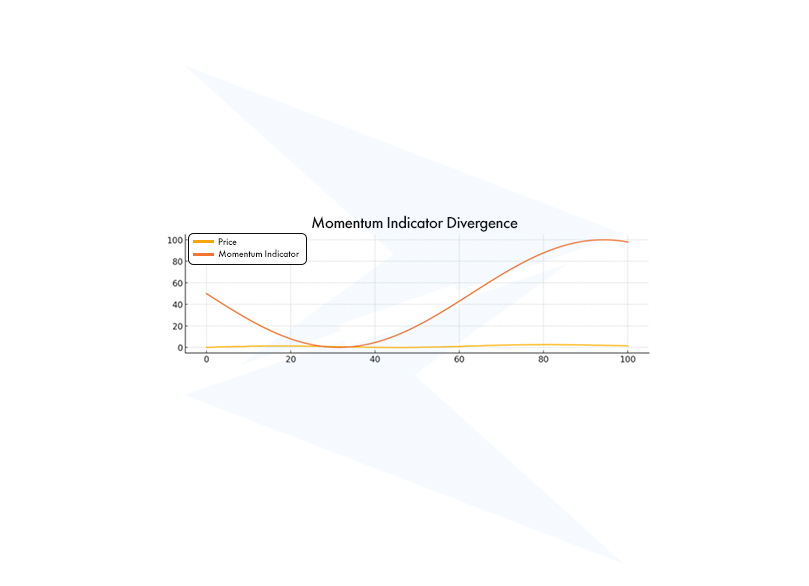
MACD Divergence on Chart
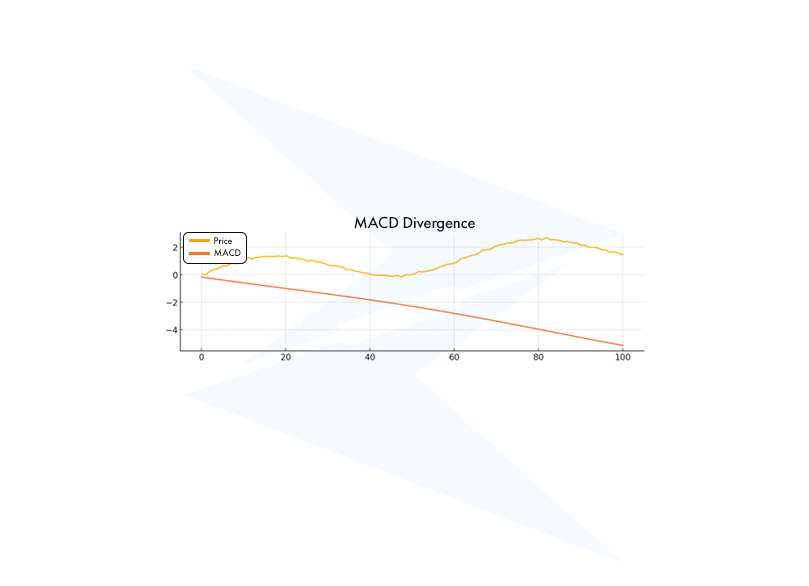
Divergence offers traders valuable opportunities to anticipate trend changes and make strategic trading decisions. However, to correctly analyze divergence and interpret these signals accurately, there are important points to consider.
Below, we will highlight some key tips to keep in mind when trading with divergence.
One of the most important steps in divergence trading is correctly identifying the divergence. A misidentified divergence can lead to faulty trading decisions. Therefore, you need to make sure that you are observing a genuine divergence between price movement and the indicator.
The fact that prices and indicators are moving in different directions does not always signify a divergence. These signals are valid only with certain indicators (such as RSI, MACD) and under specific conditions.
Additionally, to confirm a divergence, you should see a clear structure on the chart. Often, small or temporary movements can be misleading. Therefore, analyzing divergences over larger timeframes can increase the accuracy of the signal.

In divergence trading, an important step is drawing lines on successive tops and bottoms. Identifying a clear structure in price movements and indicators helps you detect divergences more easily. By marking the tops and bottoms of price movements and drawing lines between them, you can observe divergence signals more clearly.
In the example above, you can see lines drawn on the successive tops and bottoms of the asset's price and the RSI indicator. While the price is rising, the RSI indicator is showing a decline.
In divergence trading, it is important to connect only the tops and bottoms of price movements and indicators to clarify the analysis and reduce distractions. This approach makes the divergences between price and indicators more pronounced and helps traders receive clearer signals.
In divergence trading, the most important factor is always price movement. While indicators measure the momentum and strength of price, basing your decisions on price action is always the best approach.
The divergences shown by indicators are only meaningful if supported by price movements. Therefore, when interpreting divergence signals, you should prioritize observing the direction of the price and consider key support/resistance levels.
Focusing on price helps you make more informed and strategic decisions when trading. Divergence signals do not always guarantee a trend reversal, so closely monitoring structural changes and movements in price should be your main guide in making buy or sell decisions.
Keeping price movements and indicator swings in vertical alignment allows you to confirm that the tops and bottoms of the price coincide with the tops and bottoms of the indicator in the same time frame. If price movements and indicators form tops and bottoms at different times, it can lead to false signals.
Another important factor in divergence trading is the slope of the price and indicators. The slope between the tops or bottoms of the price and the indicator provides important clues about the strength and direction of the trend. If the price movement shows an upward slope while the indicator has a downward slope, this could be a strong divergence signal.
When the slopes of the price and the indicator are opposite, it usually indicates a weakening of the trend or a potential reversal. However, when evaluating these slopes, it’s essential to consider both the overall direction and momentum of the price movements and the indicators.
Analyzing longer timeframes can help you capture more reliable signals. Divergences that occur in shorter timeframes are often more volatile and misleading, which can lead to incorrect trading decisions. In longer timeframes, market movements are clearer and more defined, increasing the accuracy of the signals.
When does an RSI divergence form?
An RSI divergence occurs when price movements and the RSI indicator move in opposite directions. For example, if the price is rising while the RSI is falling, this is considered a negative divergence; if the price is falling while the RSI is rising, this is considered a positive divergence. These situations usually occur when the trend is weakening or reversing.
How can I support divergence with other indicators?
Supporting divergence signals with other technical analysis tools can increase the reliability of the signals. Indicators like MACD, stochastic oscillator, and moving averages can be used. MACD tracks momentum changes, while the stochastic oscillator shows whether the price is in overbought or oversold territory. Moving averages help in understanding the long-term trend direction.
How do you know when divergence is reversing?
To identify when divergence is reversing, price movements must align with the indicator again. For instance, if a negative divergence occurs and the price continues to rise but the RSI also starts to rise again, it may signal that the divergence has ended. Similarly, in a positive divergence, if the price and the indicator begin to move in the same direction, the divergence has likely ended.
What is the difference between divergence and convergence?
Divergence occurs when price movements and indicators move in opposite directions, while convergence refers to the price and indicators moving in the same direction. Convergence usually indicates that the current trend is strengthening, while divergence signals that the trend is weakening or may reverse.
Can you scalp using divergence signals?
Divergence signals are generally more reliable in larger timeframes, but they can also be used for short-term trades. However, for scalping, divergence signals may not be fast enough. When scalping, it’s important to be aware of market volatility and support the signals with additional indicators.
Can divergence strategies be used in algorithmic trading systems?
Yes, divergence strategies can be used in automated and algorithmic trading systems. Technical analysis software and algorithmic trading programs can automatically detect discrepancies between indicators and price movements and execute trades. However, these systems need to be optimized and tested properly to ensure they work effectively.
Are recurring divergence signals reliable?
Recurring divergence signals can be a stronger indication that the trend is weakening. However, if the signals repeat too frequently, they could be a result of high market volatility or price consolidations. It’s important to confirm such signals with other technical analysis tools.
How is divergence used in price gaps?
Price gaps usually occur between the opening and previous closing prices, often seen during high volatility. The divergence that forms in price gaps can help predict the momentum and direction of movements following the gap. However, signals in these gaps can be more volatile and temporary.
What are the differences between negative and positive divergence?
Negative divergence occurs when the price is rising while the indicator is falling, often signaling an approaching downtrend. Positive divergence happens when the price is falling, but the indicator is rising, indicating that an uptrend might be starting. Negative divergence is often seen in overbought markets, while positive divergence is observed in oversold conditions.
 QuickTrade in cTrader: How to Place Trades Faster
QuickTrade in cTrader: How to Place Trades Faster
QuickTrade is a built-in cTrader feature that allows you to place trades directly from the chart, without opening the full order ticket.
Detail A Practical Guide to cBots on cTrader
A Practical Guide to cBots on cTrader
Discover cBots in the cTrader ecosystem, how they are added and used through cTrader Algo, and what to pay attention to when selecting a strategy.
Detail cTrader Shortcuts: 15 Tips to Upgrade Your Experience
cTrader Shortcuts: 15 Tips to Upgrade Your Experience
This guide highlights 15 practical shortcuts and settings that upgrade your cTrader experience.
DetailThen Join Our Telegram Channel and Subscribe Our Trading Signals Newsletter for Free!
Join Us On Telegram!